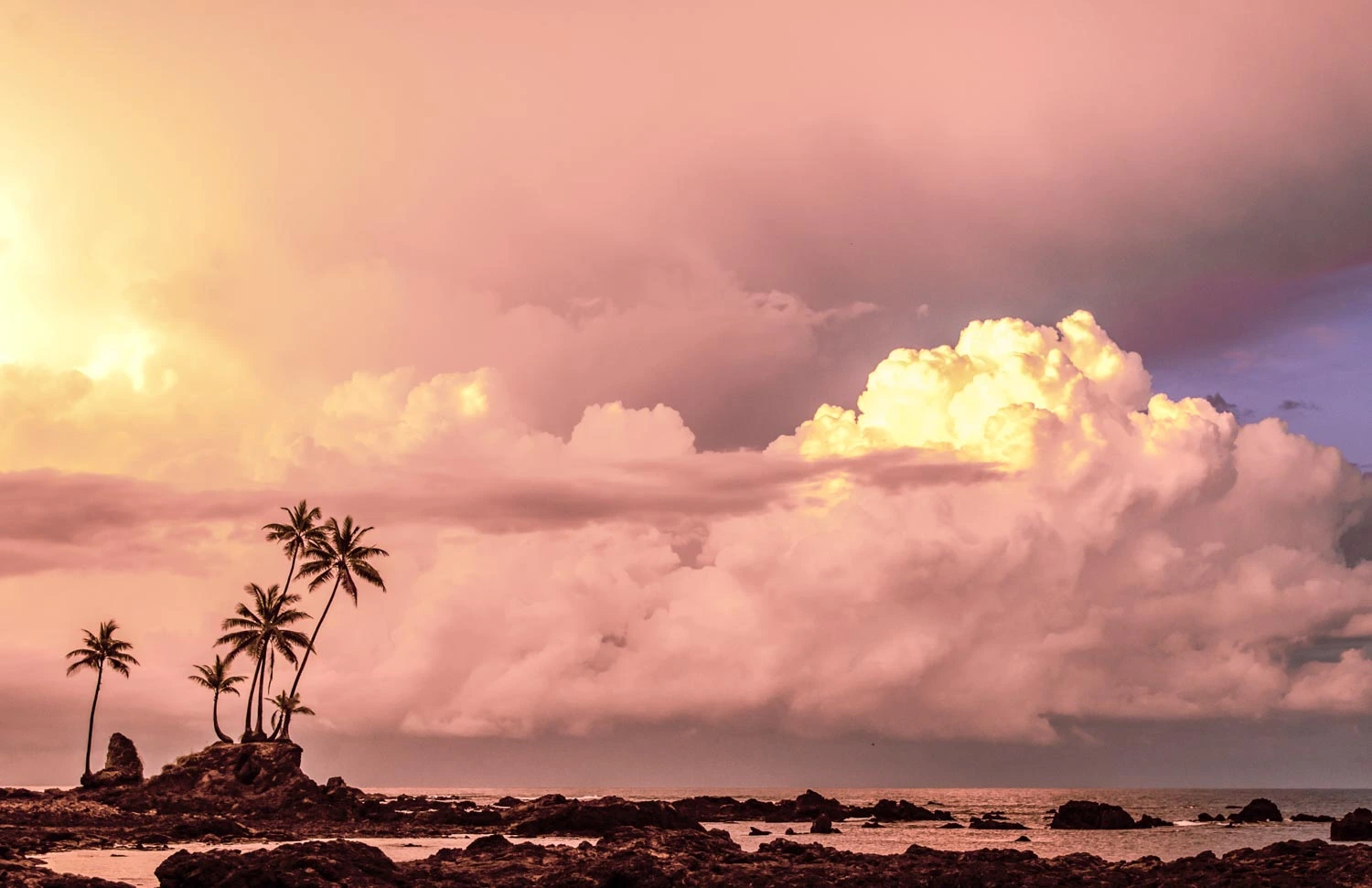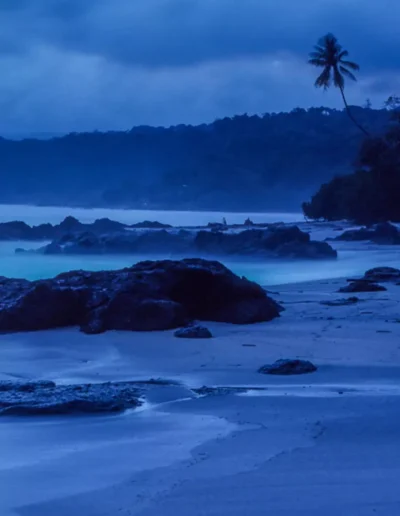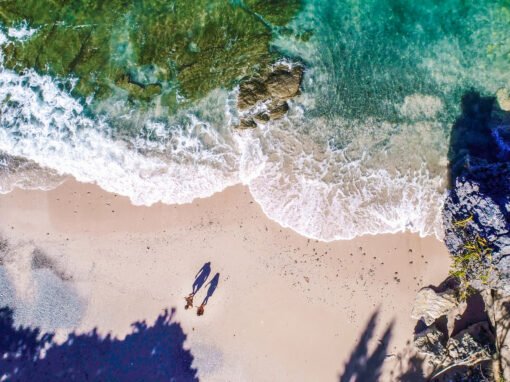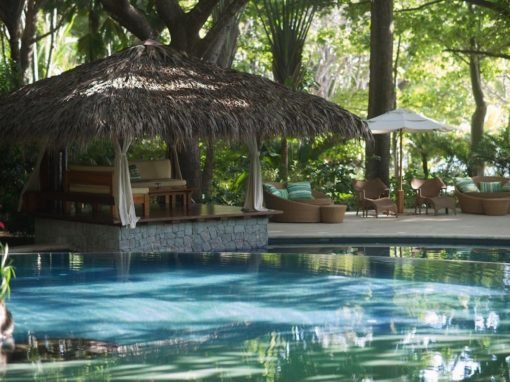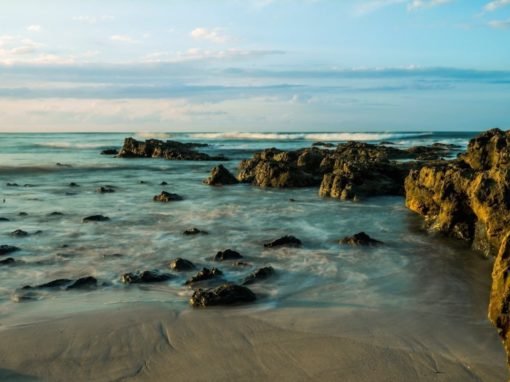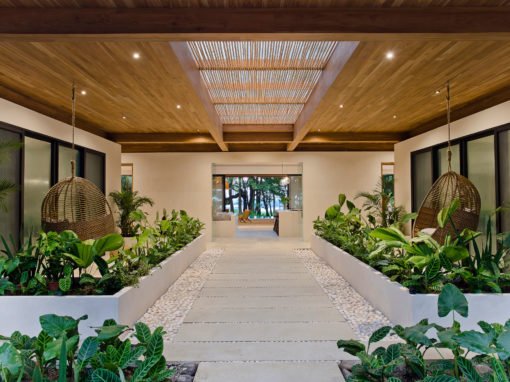HOTELS
ACTIVITIES
WEATHER
GETTING THERE
COMBINE WITH
ALBUMS & STORIES
Southern Nicoya: Pura Vida
Due to its isolation, the Southern Nicoya has only recently come to the attention of foreign vacationers. That anonymity has played a significant role in shaping the region’s unique appeal; this is the coastal Costa Rica of the past. The brown sugar beaches at Tambor, Santa Teresa, and Hermosa are rarely crowded.
Morning yoga and wave sessions might be followed by a hammock nap, waterfall hike, or a sport fishing charter.
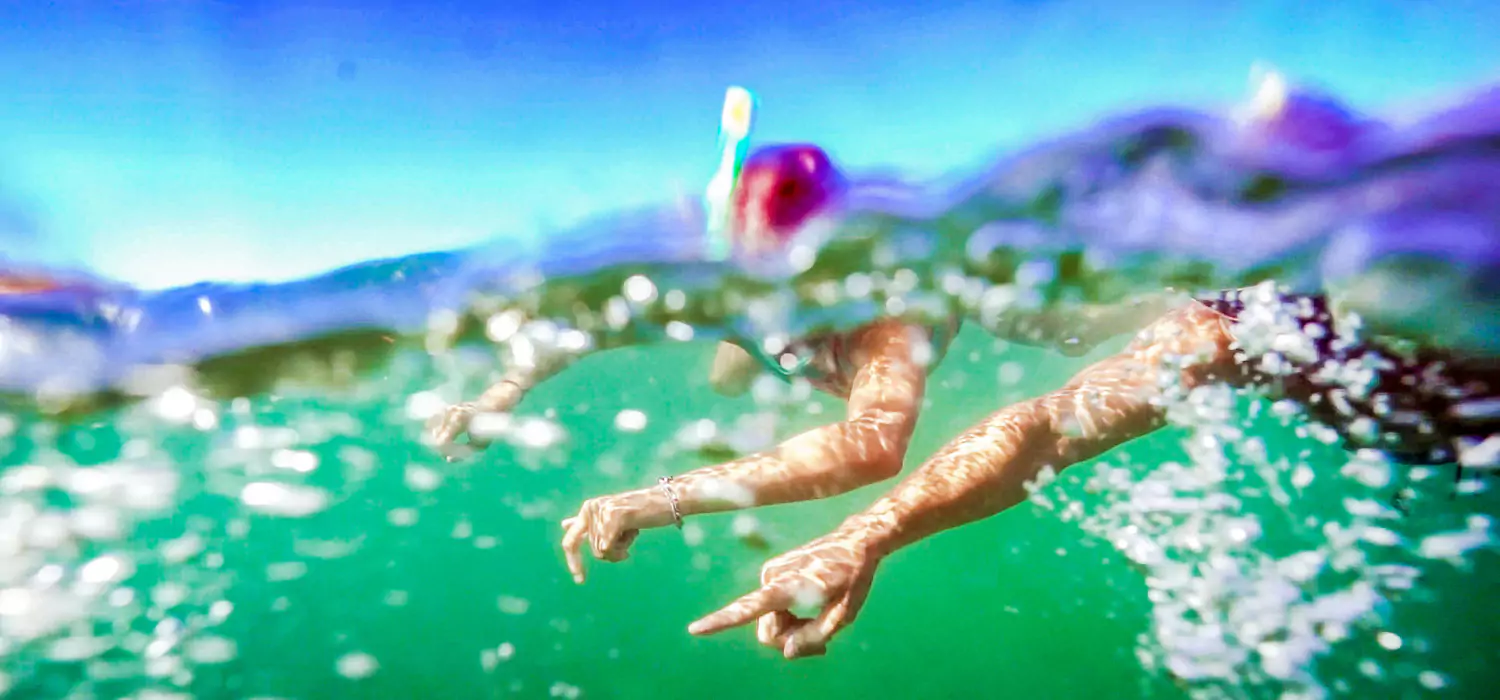
Refugio Nacional de Vida Silvestre Curú is a 210-acre reserve, protecting five distinct habitats. Among the refuge’s residents are three types of monkeys, agoutis, sloths, and over 200 species of birds. Three beaches—nesting sites for Hawksbill and Olive Ridley turtles—line the coast.
Isla Tortuga, located just two miles southeast of Curú, is a privately-owned island preserve, rimmed by white beaches and coconut palms. Catamaran day trips to the island often include dolphin and whale sightings.
Our Favorite Hotels
What to do in Southern Nicoya
Activities in Costa Rica extend over land and sea. Southern Nicoya is the perfect location to relax, recharge, and explore the coast and inland rainforests. Surf is the number one activity. With warm tropical waters and world-class waves all year round, conditions are ideal for learning to surf or for a more experienced surf tour.
Although many visitors choose this area for the surfing, they all end up enchanted with the town’s chilled-out atmosphere. From music concerts and craft fairs to fashion shows and fire-dancing spectacles, there’s always something happening.
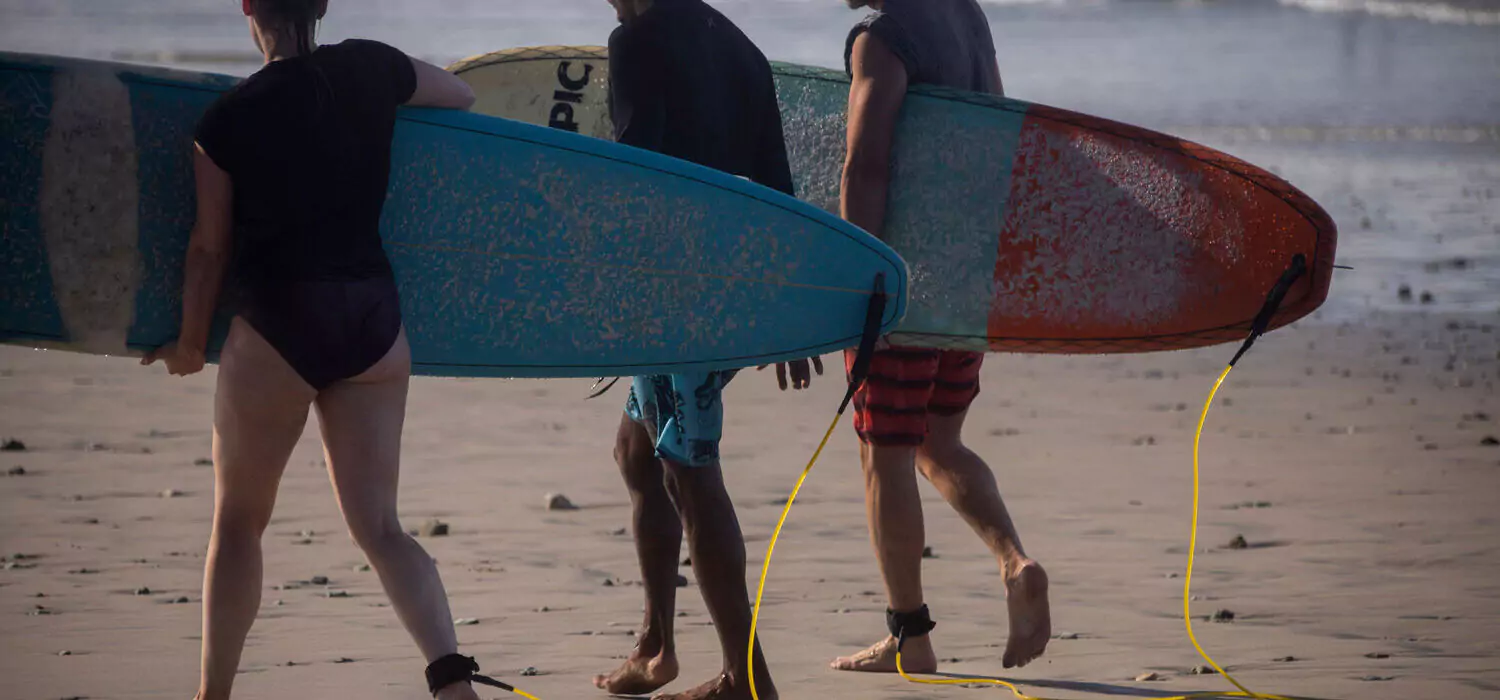
What is the Weather Like?
Costa Rica is located in the tropics and close to the equator and is considered a rainforest country with warm temperatures being characteristic throughout the year. There are two well-defined seasons:
Dry Season: December – April
Green Season: May – November
The rain, especially on the Pacific coast, typically occurs during the afternoon or evening and is “warm”. You’ll experience a short mid-year mini Dry Season towards the end of July and the beginning of August when rainfall decreases significantly for 3-4 weeks. The rainiest months are September and October, especially in the South Pacific region.
In the Nicoya Peninsula, the wet season is oppressive and overcast and the dry season is muggy, windy, and partly cloudy. It’s hot year-round. Over the course of the year, the temperature typically varies from 75°F to 94°F and is rarely below 72°F or above 97°F.
These averages are changing, please check extended weather forecasts using your favorite weather app prior to departure.
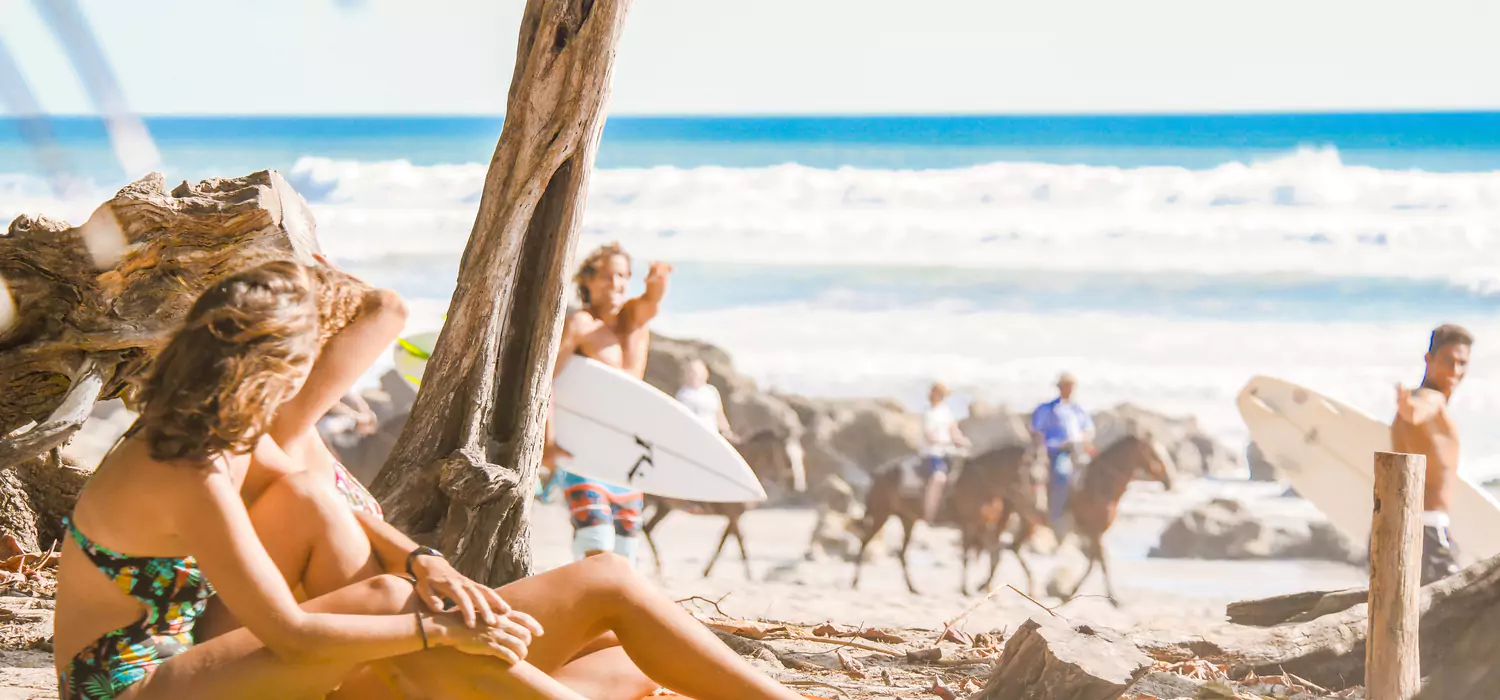
Getting There
The Southern Nicoya can be reached by air or road. By car, transportation time is approximately five hours from either San Jose or Liberia International Airport. Regional flights connect both international airports with the airfield south of Tambor.
Another option is driving to Puntarenas and taking the ferry to Paquera. LANDED can cut travel time with other destinations in Costa Rica with private charter flights.
For domestic flights within Costa Rica, you will most likely be traveling on a small aircraft which imposes weight restrictions on luggage, typically 25 pounds per person.
Start your journey today
LANDED delivers the finest in custom, private travel to Central America, South America, and Antarctica. These regions are our passion; we know them first-hand and by heart. Speak with one of our travel designers and let us create a tailored itinerary for you in Southern Nicoya.
How to combine Southern Nicoya
Have some extra time? Here are some options for you to combine with

Arenal Volcano
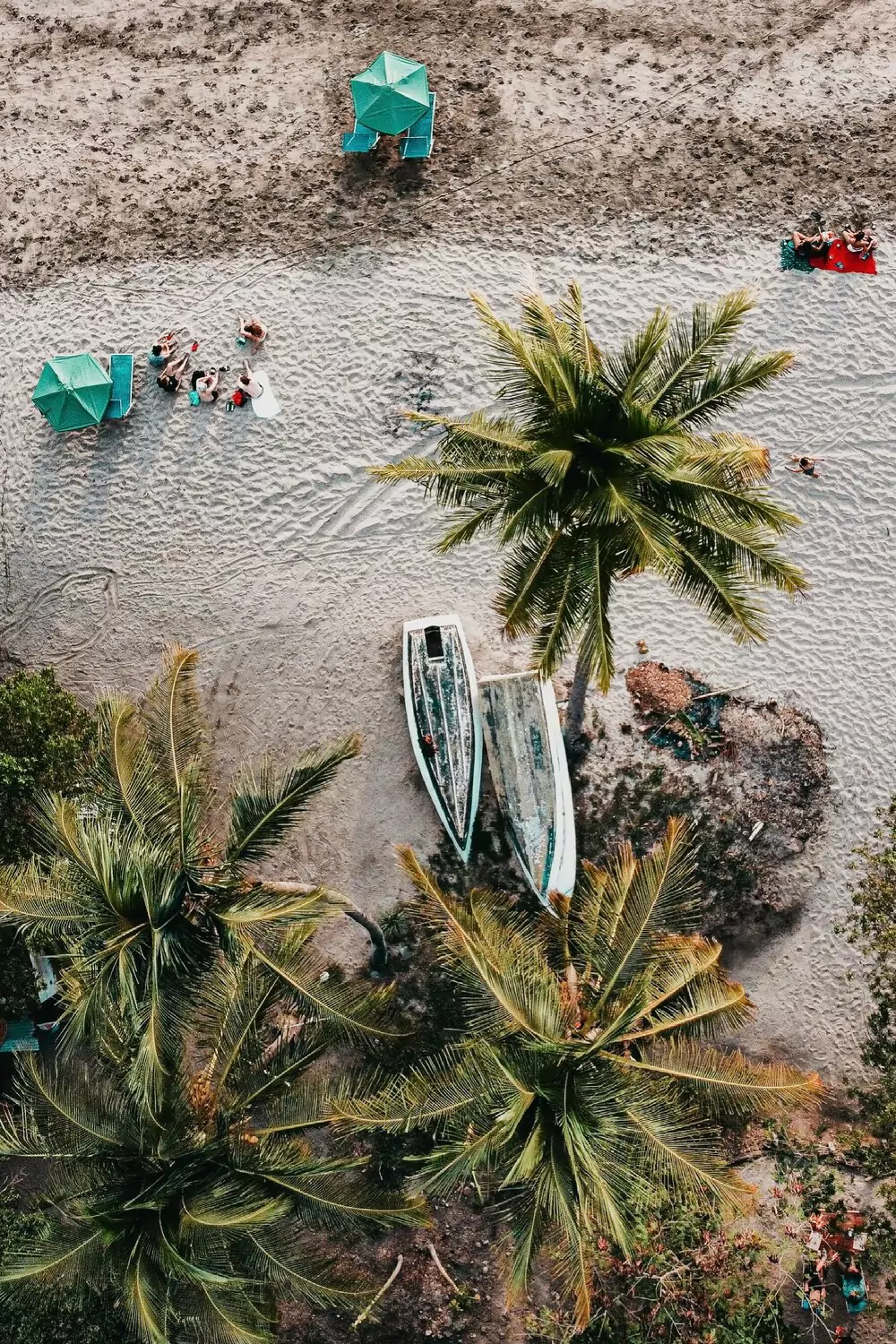
Central Nicoya
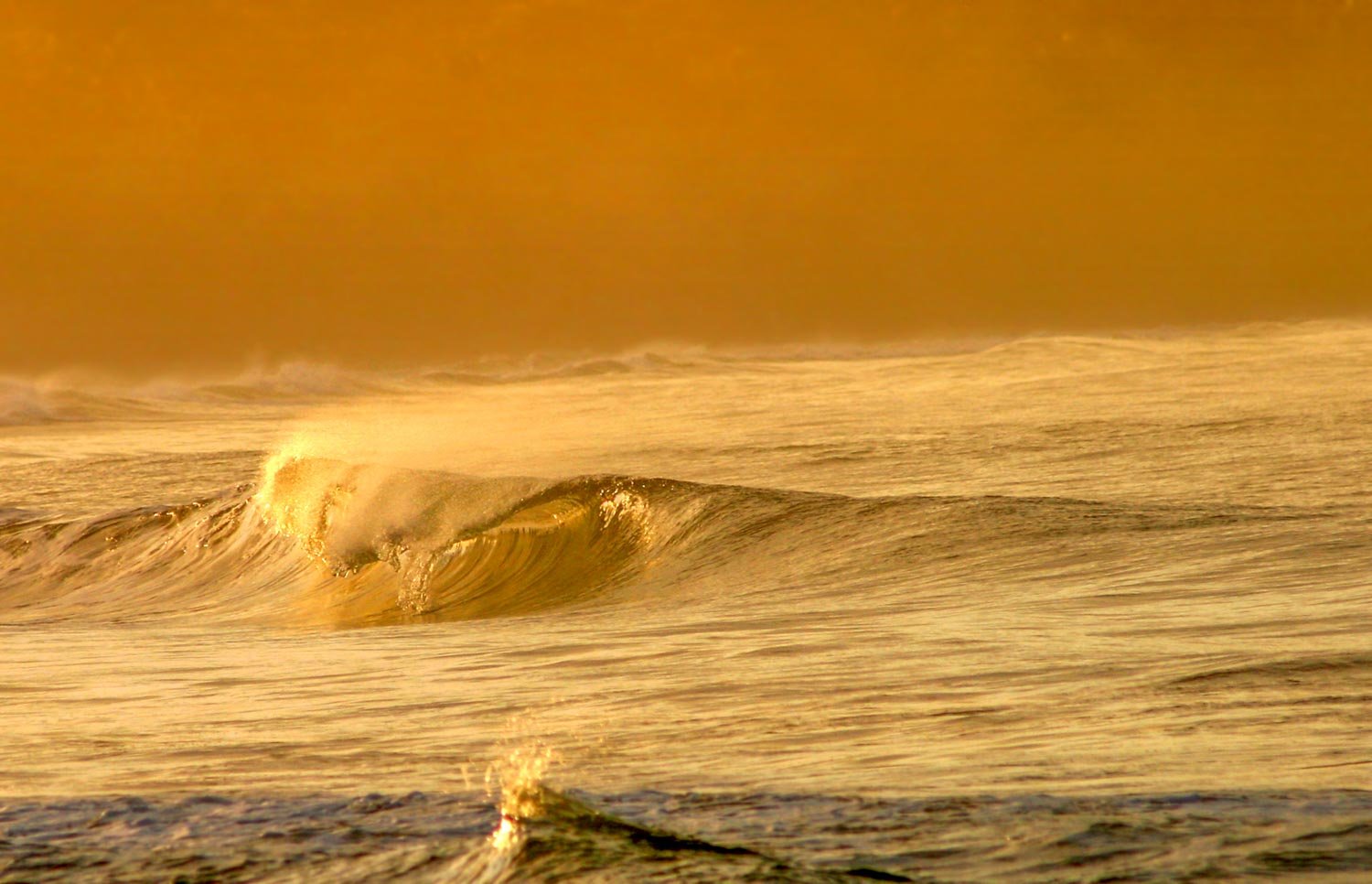
Northern Nicoya

Monteverde Cloud Forest

Southern Pacific
